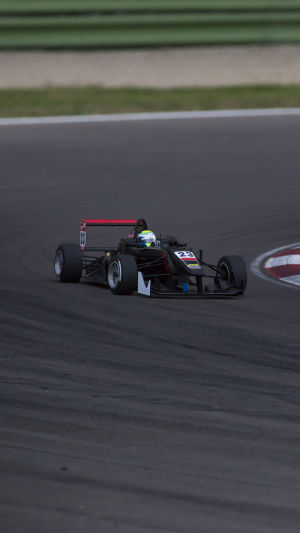Racing has been a human fascination for centuries, from ancient chariot races to modern-day motorsports.
It manifests in various forms, including foot races, horse races, car races, and even drone races.
The question of whether racing qualifies as a competitive sport may seem straightforward to enthusiasts, but it warrants a deeper exploration into what constitutes a sport, the nature of competition, and the unique elements that racing brings to the table.
<b>Defining a Sport</b>
To determine if racing is a competitive sport, we must first define what a sport is. Generally, a sport involves physical exertion, skill, and competition. According to the Council of Europe’s European Sports Charter, a sport is "all forms of physical activity which, through casual or organized participation, aim at expressing or improving physical fitness and mental well-being, forming social relationships, or obtaining results in competition at all levels."
Racing, in its many forms, fits well within this definition. Whether it involves running, driving, or flying a drone, racing requires significant physical and mental effort. Athletes need to be in peak physical condition, possess remarkable skill, and engage in strategic thinking to outmaneuver their opponents and achieve victory.
<b>The Competitive Nature of Racing</b>
Competition is at the heart of all sports, and racing is no exception. The primary objective in any race is to finish ahead of the competitors, be it by crossing the finish line first, achieving the fastest lap time, or covering the greatest distance within a set period. This inherently competitive nature pushes participants to improve their skills, enhance their physical conditioning, and develop sophisticated strategies.
In racing, the competition is not only against other participants but also against time and the environment. For instance, marathon runners must pace themselves carefully to avoid exhaustion, while car racers need to navigate complex tracks at high speeds, often contending with variable weather conditions. This multifaceted competition adds layers of complexity and excitement, underscoring the rigorous demands placed on racers.
<b>Physical and Mental Exertion</b>
Racing demands a high level of physical and mental exertion. In motorsports, drivers endure extreme G-forces, requiring exceptional strength and endurance. Formula 1 drivers, for instance, often experience forces of up to 5 Gs, necessitating rigorous physical training to maintain their performance throughout a race. Similarly, marathon runners need immense stamina and aerobic capacity to sustain their pace over long distances.
Mental toughness is equally crucial in racing. Drivers must maintain focus for extended periods, make split-second decisions, and possess a deep understanding of their vehicle's mechanics and capabilities. Runners need to strategize their energy use and maintain concentration despite physical fatigue. This combination of physical prowess and mental acuity is a hallmark of competitive sports.
<b>Skill Development and Training</b>
Like all sports, racing requires dedicated training and skill development. Athletes invest countless hours in honing their abilities, from perfecting their driving techniques to optimizing their running form. They also engage in cross-training to enhance their overall fitness and prevent injuries. The precision and control needed in racing come from relentless practice and a commitment to continuous improvement.
Technological advancements also play a significant role in racing, particularly in motorsports. Teams invest heavily in research and development to gain a competitive edge, reflecting the broader trend in sports where innovation and technology are crucial to success. The synergy between human skill and technological prowess in racing exemplifies the modern evolution of competitive sports.
<b>The Spectator Experience</b>
Racing's status as a competitive sport is further solidified by its massive global following. Events like the Monaco Grand Prix, the Tour de France, and the Kentucky Derby draw millions of viewers, showcasing the sport's broad appeal. The excitement of close finishes, the unpredictability of races, and the display of human and machine capability captivate audiences, adding to the sport's legitimacy and popularity.
Racing, in all its forms, embodies the essence of a competitive sport. It requires physical exertion, skill, and strategic thinking, while fostering intense competition. The dedication of the athletes, the integration of technology, and the enthusiastic spectator support all contribute to its standing as a premier competitive sport. Whether on foot, horseback, or in high-speed vehicles, racing continues to push the boundaries of human potential and thrill audiences worldwide, cementing its place in the pantheon of sports.





